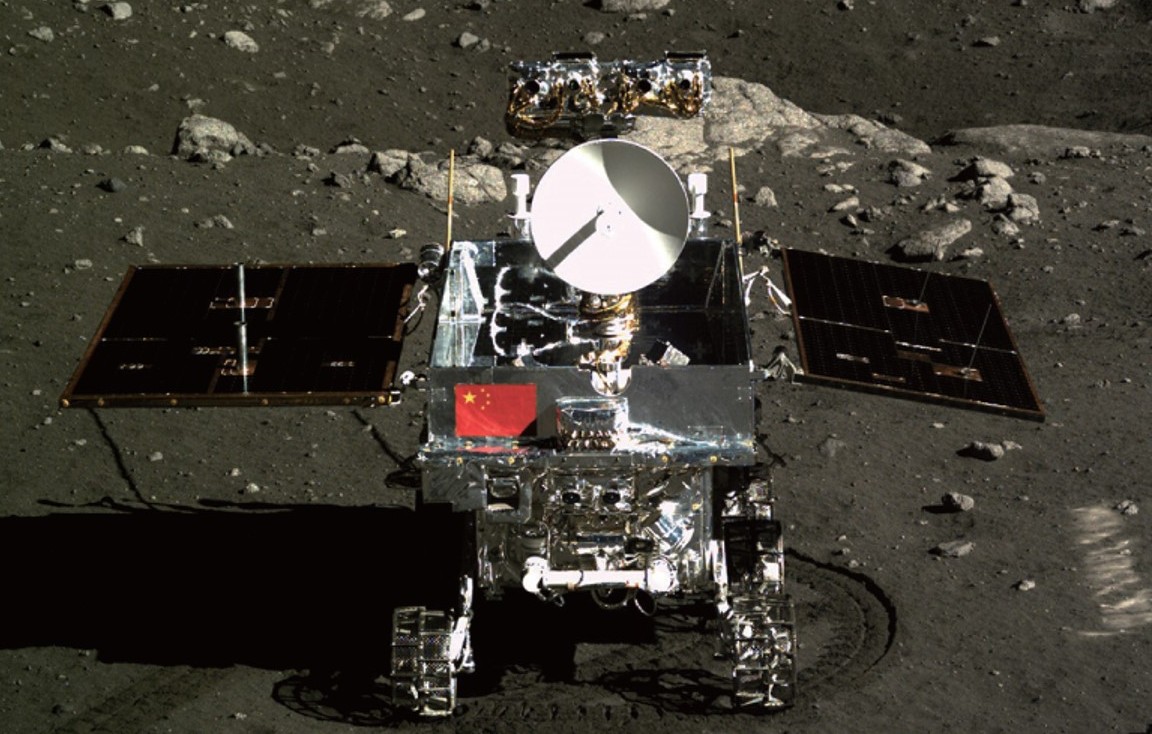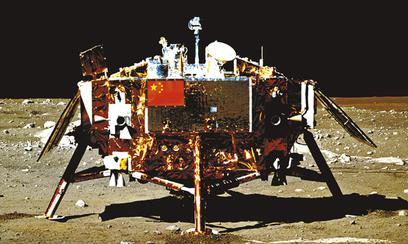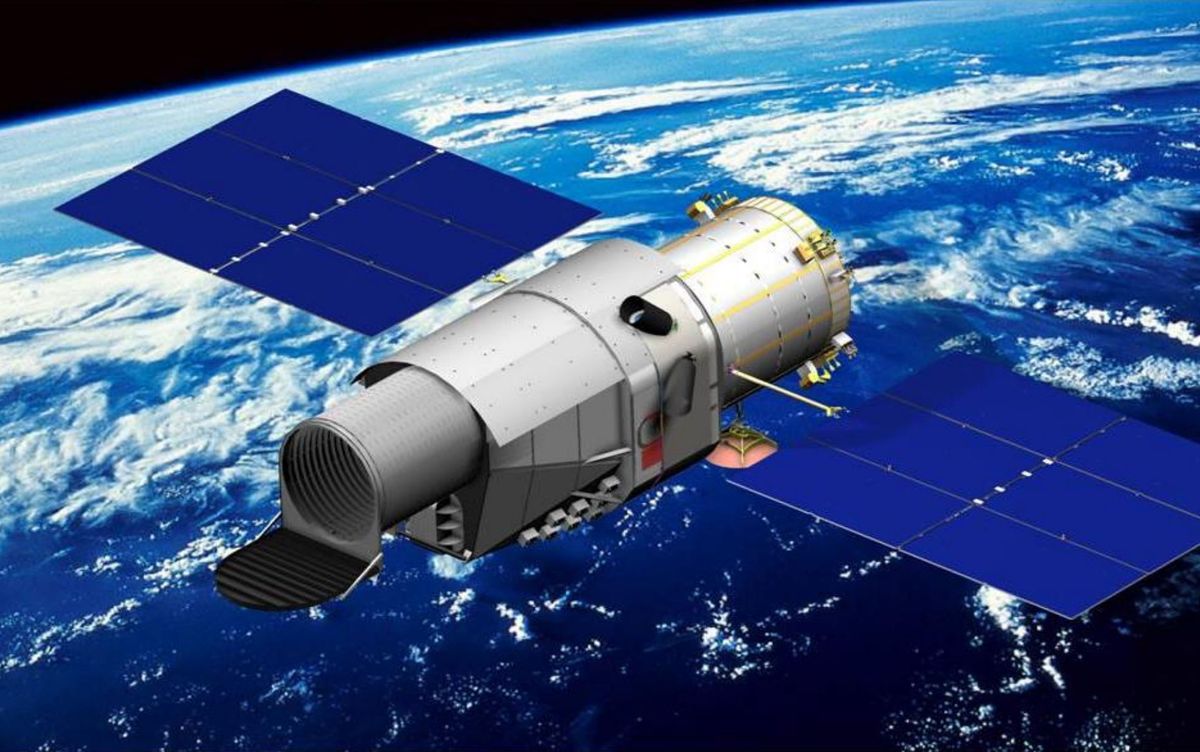Long March 2F rocket rolls out to launch pad for China’s next human spaceflight
View attachment 94024
The Long March 2F rocket and Shenzhou 12 spaceship set to ferry three Chinese astronauts to the country’s new space station later this month rolled out to a launch pad Wednesday at a remote military-operated spaceport in northwestern China.
The launcher and crew capsule emerged from an assembly building at the Jiuquan space base in the Gobi Desert, riding a mobile platform along rail tracks to cover the one-mile (1.6-kilometer) distance to the launch pad.
The 191-foot-tall (58-meter) rocket, the Shenzhou 12 spacecraft, and ground facilities are in good condition, according to the China Aerospace Science and Technology Corp., the state-owned prime contractor for China’s space program. Ground teams at Jiuquan will complete inspections and tests on the launch vehicle in the coming days.
The Shenzhou 12 mission will be the first crew flight to China’s new space station.
The first element of the complex, the Tianhe core module, launched April 28 aboard a heavy-lift Long March 5B rocket, China’s most powerful launch vehicle. An unpiloted cargo ship, named Tianzhou 2, launched May 29 and docked with the Tianhe core module eight hours later, delivering fuel, food and spacesuits for the Shenzhou 12 astronauts.
The Shenzhou 12 mission will last about three months, the longest stay in space to date by Chinese astronauts. Shenzhou 12 will be China’s seventh crewed spaceflight since 2003.
Chinese officials have not announced the launch date for the Shenzhou 12 mission, but rockets for China’s last three crewed spaceflights rolled to the pad at Jiuquan about a week before liftoff. That suggests the launch could occur around June 16 or June 17.
The identities of Shenzhou 12’s three crew members have not been announced.
In remarks last month, China’s first astronaut — Yang Liwei — said all three crew members are men and come from the first two classes of Chinese astronauts. Future crews on China’s space station will include women, he said.
While the Shenzhou 12 astronauts are quarantined before launch, ground crews at Jiuquan will load storable hydrazine and nitrogen tetroxide propellants into the Long March 2F rocket. The toxic propellant mixture will feed thee rocket’s engines, which will produce about 1.4 million pounds of thrust at liftoff.
The Shenzhou 12 astronauts will dock with the Tianhe core module after taking off from Jiuquan, linking up with the outpost at an altitude of around 235 miles (380 kilometers).
The Tianhe module will be joined next year by two research laboratories to complete assembly of the space station, named Tiangong.
The Shenzhou 12 astronauts will unpack the Tianzhou 2 cargo ship after they arrive next month. Tianzhou 2 docked with the rear port on the Tianhe module, and Shenzhou 2 will link up with the lab’s forward port.
Tiangong means heavenly palace in Chinese, while Shenzhou is translated as divine vessel. Tianhe means heavenly harmony, and Tianzhou means heavenly vessel.
The Shenzhou 12 astronauts are scheduled to return to Earth in September for a parachute-assisted landing in China’s Inner Mongolia province. Around the same time, China will launch Tianzhou 3, the station’s next cargo resupply ship.
China’s next crewed spaceflight, Shenzhou 13, is scheduled to launch in October, carrying three astronauts for a six-month mission in orbit, according to the China Manned Space Agency.
Next year, China plans six more launches to support the space station program. Two Long March 5B rockets will boost the Wentian and Mengtian lab elements to dock with the Tianhe module, completing assembly of the three-segment, T-shaped space station.
There are also two more cargo spacecraft and two more Shenzhou crew capsules scheduled to launch in 2022.
While China’s space station is still under construction, the Tianhe core module already in orbit includes astronaut living quarters, medial equipment, a command and control element, and an airlock and exterior handrails for spacewalks. The Shenzhou 12 astronauts will perform spacewalks outside the Tianhe module during their three-month mission, Yang said.
The fully-assembled Chinese space station outpost will be around 66 metric tons, about one-sixth the mass of the International Space Station, and closer in size to Russia’s retired Mir station than the International Space Station. With cargo and crew vehicles temporarily docked, the Chinese station’s mass could reach nearly 100 metric tons, officials said.
View attachment 94025
China launched two Tiangong prototype space labs in 2011 and 2016 to test out technologies for the permanently-occupied space station.
The Tiangong 1 space lab hosted two Shenzhou crews in 2012 and 2013. China’s most recent human spaceflight mission — Shenzhou 11 — docked with the Tiangong 2 module in 2016.
In total, China has launched 11 astronauts into orbit on six crewed Shenzhou missions since 2003.

en.wikipedia.org

en.wikipedia.org


 ... just looking at a good copy paste
... just looking at a good copy paste
